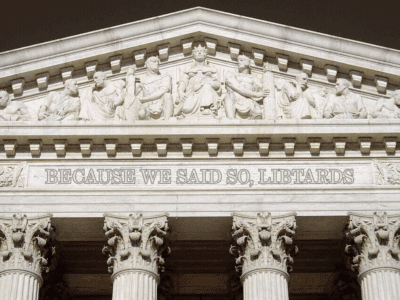Another Court Loss for the Trump EPA
D.C. Circuit enforces deadlines for air pollution compliance
On Friday, the D.C. Circuit issued a brief order in a case called New York v. EPA. In some respects, the order was a foregone conclusion, given the same court’s September ruling in a case called Wisconsin v. EPA. But it’s nonetheless noteworthy.
Both the New York and the Wisconsin case involved a section in the Clean Air Act commonly called the “good neighbor” provision. That section requires EPA to intervene if pollution from an upwind state significantly contributes to a downwind state’s inability to meet the deadline for air quality standards. The Obama EPA’s basic approach to this issue was upheld by the Supreme Court in the EME Homer case. But there were some details left unresolved by the Court, which were sent back to the D.C. Circuit. The D.C. Circuit then told EPA to reconsider certain parts of the rule. After EPA did so in 2018, the case then returned to the D.C. Circuit. In the Wisconsin case, the court upheld the revised rule, with one major exception. The rule didn’t impose a deadline on the upwind states, and the court held that they have to come into line by the same deadline as the downwind states. Otherwise, the downwind states would be in the untenable position of having to meet the deadline but being unable to do so because the upwind states weren’t yet complying with their own legal duties.
That brings us to the New York case. That case involved a Trump Administration regulation called the “Close-Out Rule.” This rule said that it would not be feasible to impose any additional obligations on the upwind states until at least 2023. The court held that this rule too was invalid because of its failure to impose a deadline — 2021 to be precise, which is the deadline for the downwind states.
The significance of the issue is shown by an example given in the Wisconsin case. Fairfield County, Connecticut will have an ozone concentration of 76.5 ppb (parts per billion) even after the Obama rule is fully implemented, which is 1.5 ppb above the air quality standard. But only 3.8 ppb of the pollution is due to Connecticut itself, and 53.8 ppb comes from other states. (The remainder presumably comes from out of the country or from natural sources). So even after the upwind states comply with the Obama rule, Connecticut would have to reduce its own emissions by nearly half, while the far greater amount of pollution still coming from upwind states would be untouched.
Taking a broader view, these two rulings will require upwind states to sharply and rapidly limit pollution from fossil fuel generators. That in turn puts pressure on utilities to switch to renewable sources of energy. Which is a Good Thing.







Reader Comments